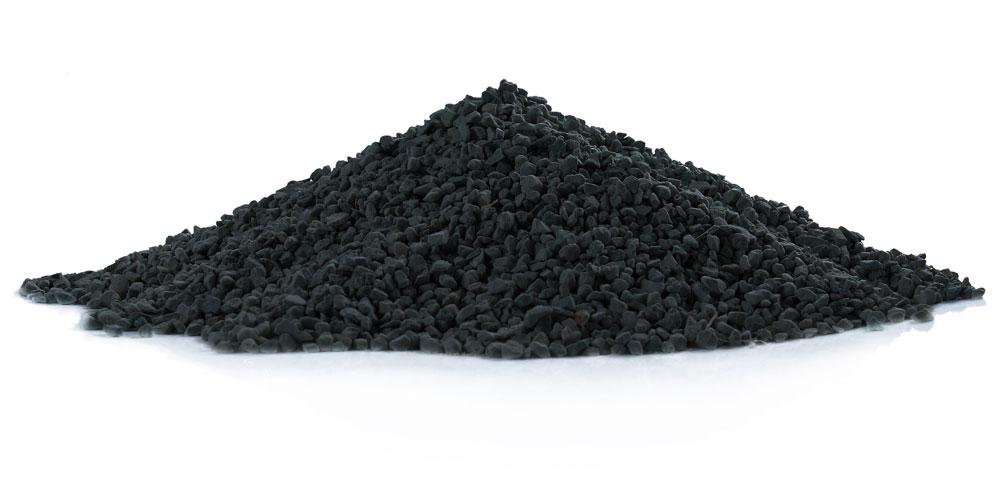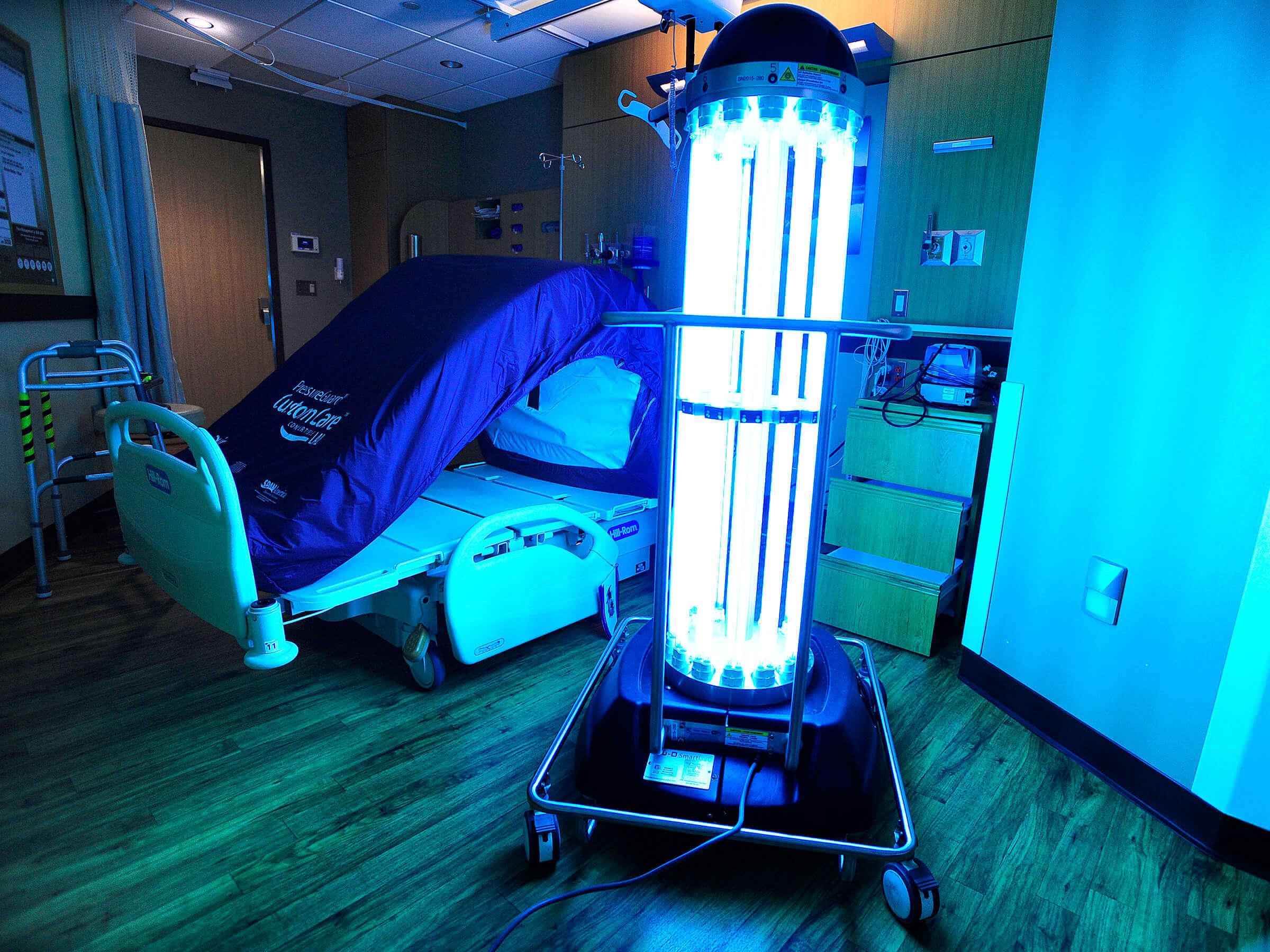In a world increasingly aware of environmental health and individual well-being, the quest for clean air and purified spaces has never been more pressing. Whether battling allergens, pollutants, or unpleasant odors, understanding the various filter types available can empower consumers to make informed choices. From the acclaimed HEPA filters that capture microscopic particles to the ingenious activated carbon systems that tackle volatile organic compounds, and the innovative UV light purifiers that neutralize germs, the landscape of air and water filtration is rich and diverse. Join us as we delve into the mechanics and benefits of these essential filtration technologies, breaking down their unique features and applications to help you navigate the air you breathe and the water you consume. Each filter type has a story to tell, a mission to fulfill, and in this exploration, we aim to illuminate the path toward a healthier environment.
Understanding HEPA Filters and Their Efficiency in Air Purification
HEPA filters, or High-Efficiency Particulate Air filters, are renowned for their ability to trap airborne particles with remarkable precision. These filters operate on the principle of mechanical air filtration, capturing particles as small as 0.3 microns with an efficiency of 99.97%. This makes them exceptionally effective against a wide range of contaminants, including dust, pollen, smoke, and pet dander. The structure of HEPA filters consists of a dense mat of fibers that work together to create a labyrinth for particles, preventing them from re-entering the room’s air supply. Users benefit from cleaner air, which can significantly improve respiratory health and overall well-being.
However, the efficiency of HEPA filters can be influenced by various factors such as air flow rate, the size of the filter, and the presence of pre-filters. To maximize their effectiveness, it is often beneficial to pair HEPA filtration with other technologies, such as activated carbon for odors or UV light for pathogens. Here’s a brief look at the advantages of utilizing HEPA filters alongside other filter types:
| Filter Type | Complementary Benefits |
|---|---|
| HEPA | Traps fine particles and allergens. |
| Activated Carbon | Absorbs odors and volatile organic compounds (VOCs). |
| UV Light | Inactivates bacteria and viruses. |
| Pre-filters | Extend the life of the HEPA filter by capturing larger debris. |

The Role of Activated Carbon in Eliminating Odors and Gases
Activated carbon is renowned for its incredible ability to adsorb a wide range of odors and gases, making it an essential component in many air filtration systems. This material, formed from carbon-rich sources like wood, coal, or coconut shells, undergoes a process that creates numerous tiny pores, increasing its surface area significantly. The adsorption process occurs when volatile organic compounds (VOCs), smoke, and unpleasant smells come into contact with the activated carbon. The carbon captures these particles, effectively trapping them and neutralizing the odor. This quality makes activated carbon filters particularly effective for homes, offices, and even industrial applications where air quality is paramount.
When it comes to combating specific types of gases, activated carbon excels in removing substances such as formaldehyde and ammonia. Below are some key gases commonly targeted by activated carbon filters:
| Gas Type | Source | Effect on Indoor Air Quality |
|---|---|---|
| Formaldehyde | Building materials, furniture | Irritation of eyes, nose, throat |
| Ammonia | Cleaning products, fertilizers | Respiratory issues, odor problems |
| Benzene | Paints, plastics, gasoline | Dizziness, headaches, fatigue |
These filters are not just passive devices; they actively improve indoor air quality by reducing the presence of harmful contaminants. For many users, integrating activated carbon into their overall filtration system can result in a fresher, healthier environment free from disturbing odors and dangerous gases.

Harnessing UV Light for Disinfection and Bacteria Control
Ultraviolet (UV) light technology has emerged as a powerful tool for ensuring clean environments by effectively targeting and eliminating pathogens. Utilizing specific wavelengths of UV light, particularly UV-C, facilities and homes can reduce the presence of bacteria and viruses in the air and on surfaces. Key advantages of harnessing UV light include:
- Rapid Action: UV-C light can deactivate microorganisms within seconds, providing instantaneous disinfection with no waiting time.
- Chemical-Free Process: This method does not rely on harsh chemicals, making it safe for the environment and its inhabitants.
- Wide Application Range: UV light can be used in various settings including hospitals, water treatment facilities, and even HVAC systems to improve air quality.
However, to maximize the effectiveness of UV light disinfection, certain factors must be considered. The effectiveness can be influenced by:
- Exposure Time: Longer exposure typically results in higher disinfection efficacy.
- Distance from the Light Source: The closer a surface is to the UV source, the more effective the disinfection will be.
- Surface Type: Smooth, non-porous surfaces tend to be more effectively sanitized than textured or porous materials.
| Factor | Impact on Effectiveness |
|---|---|
| Exposure Time | Longer times enhance disinfection |
| Distance from Source | Closer proximity increases effectiveness |
| Surface Type | Smoother surfaces yield better results |

Comparative Overview of Filter Types for Optimal Indoor Air Quality
When considering the diverse range of filtration options available, it’s essential to examine the distinct characteristics and advantages of each type. HEPA filters are renowned for their ability to trap 99.97% of particles measuring 0.3 microns, making them ideal for capturing allergens, dust, and even some bacteria. Conversely, activated carbon filters are exceptional at adsorbing odors and harmful gases, including volatile organic compounds (VOCs) emitted from common household items. For environments prone to pathogens, UV light filters use ultraviolet radiation to neutralize bacteria and viruses, providing an extra layer of protection against microbes that can compromise indoor air quality. Each of these filtration systems targets specific air contaminants, and their effectiveness can be significantly enhanced when deployed in combination.
To gain a clearer understanding of how these filter types align with various indoor air quality needs, consider the following comparison:
| Filter Type | Primary Function | Best For |
|---|---|---|
| HEPA | Particle filtration | Allergens, dust, pet dander |
| Activated Carbon | Odor and gas adsorption | Cooking smells, smoke, VOCs |
| UV Light | Microbial destruction | Bacteria, viruses, mold spores |
This structured approach allows homeowners and businesses to tailor their air quality solutions to specific needs, ensuring a healthier indoor environment. By understanding the strengths of each filter type, individuals can make informed decisions that reflect their unique air quality challenges.
In Summary
As we wrap up our journey through the diverse landscape of filter types, it becomes clear that each filter serves a unique purpose in promoting cleaner, healthier environments. From the meticulous capture of airborne particles by HEPA filters to the clever absorption capabilities of activated carbon, and the germicidal powers of UV light, the world of air and water filtration is as fascinating as it is vital.
Understanding these technologies empowers us to make informed choices for our homes and workplaces, ensuring that we breathe easier and live better. Whether you’re battling allergens, odors, or bacteria, the right filter can make all the difference.
As you explore your options, remember that the best filtering solution is one that aligns with your specific needs. So take a moment to consider what matters most to you—whether it’s purity, freshness, or safety. By choosing wisely, you not only enhance your immediate surroundings but also contribute to a healthier planet.
In the end, the filters we choose are more than mere barriers; they are gateways to improved well-being, offering a breath of fresh air in our increasingly complex world. Thank you for joining us in unraveling the intricate tapestry of filtration technology—here’s to cleaner air and clearer water for all!




